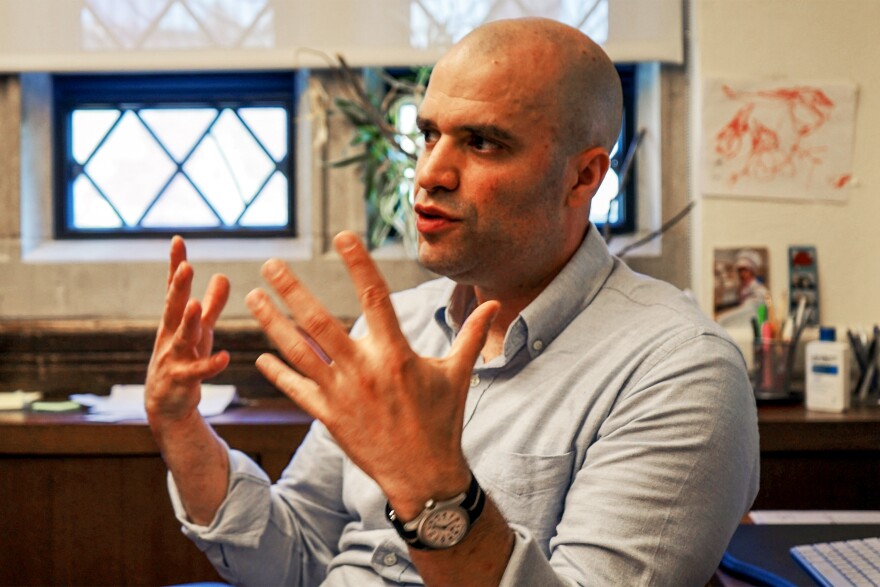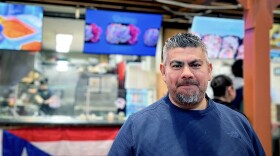Bad Bunny’s rising star as the 2025 Super Bowl half time performer has cemented his legacy. That includes on campus at Yale University, where a course on the artist and the U.S. territory of Puerto Rico is getting renewed.
Professor Albert Laguna was not expecting more than 120 applicants for his course, titled “Bad Bunny: Musical Aesthetics and Politics.” Speaking to El Nuevo Día newspaper in Puerto Rico, Laguna said he prefers a more intimate class size.
“I prefer small classes to develop the conversation, the connection between the students,” Laguna said in Spanish.
In the end, the associate professor of American Studies and Ethnicity, Race & Migration cut down the roster to just 18 students.
Yale senior Hector Miranda Plaza is one of those few lucky ones, though he’s unofficially been in the school of Bad Bunny since the start.
“I was in there for the SoundCloud days,” Miranda Plaza said, “before he was cool, so to speak.”
Studying migration and politics through music
Miranda Plaza grew up in Guaynabo, a wealthy suburb of San Juan.
“One of the things I've heard about the Bad Bunny class is: ‘Oh, why are you doing a class about Bad Bunny?’ or ‘Why are you doing a class about reggaeton, or the underground or the urban genre?’” Miranda Plaza said.
On his professor’s office desk is a stack of Puerto Rico history books and a copy of the recently published “Made in NuYoRico: Fania Records, Latin Music, and Salsa’s Nuyorican Meanings” by Connecticut native Marisol Negrón. The course syllabus covers a similar range — including the realities of long-term colonization in Puerto Rico.
“A lot of the policies instituted by both the Puerto Rican government after the establishment of the commonwealth and the federal government were very explicitly designed to encourage this flow of capital for the benefit of the Americans,” Miranda Plaza said. “I kind of had a moment in class where I was like, ‘That's me. That's my family.’”
Miranda Plaza’s family is part of the “brain drain” of Puerto Ricans who left the island. He came to the continental U.S. as a pre-teen when his structural engineer father got a job in New Mexico. Five years later, his medical engineer mother moved the family to Tampa, Florida, for her work.
At Yale, Miranda Plaza is a dual major: political science and statistics. He’s stayed connected to the island through his work in the Puerto Rico Senate and with the independence party. So, he said, the class discussion of Bad Bunny’s anti-colonial beliefs is nothing new.
“Many people see this [course] as a fundamentally unserious endeavor, when, in reality, the work is so important precisely because it reflects the realities in Puerto Rico,” Miranda Plaza said.
This course uses Bad Bunny as a modern lens into American colonialism. And it’s a conversation that will continue on Yale’s campus, indefinitely. Professor Laguna said he will be teaching this class as long as Bad Bunny is relevant.





